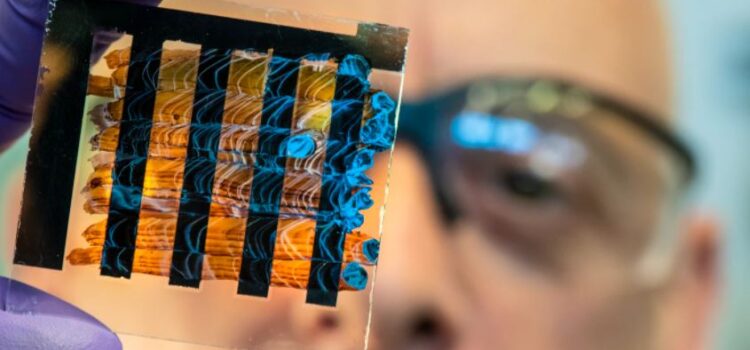

This article is an excerpt from the Shortform book guide to "The Structure Of Scientific Revolutions" by Thomas Kuhn. Shortform has the world's best summaries and analyses of books you should be reading.
Like this article? Sign up for a free trial here .
What is Karl Popper’s falsification theory? What contribution did Popper make to the philosophy of science?
Karl Popper was a philosopher who is mostly known for his falsification principle. According to Karl Popper’s falsification theory, tests for verification of scientific theories should be designed with the purpose of disproving or falsifying them, not confirming them.
Learn about Karl Popper’s falsification theory.
Karl Popper’s Falsification Theory
The philosopher Karl Popper suggested an alternative, which could be called negative verification, or falsification. Under negative verification, tests would be conducted with the express purpose of failing, thereby disproving a theory. This is Karl Popper’s Falsification Theory.
(Shortform note: To give a somewhat outlandish example, if you showed that you could drop a stone and have it fall up instead of down, you would have disproved the theory of gravity. So far, every test conducted has failed to disprove that theory.)
It’s worth noting that negative verification serves much the same purpose as anomalies: Showing fatal flaws in current ideas, thereby paving the way for new ones. However, anomalies and falsifications are not the same thing. In fact, true negative verification might not even exist.
Remember that very, very few paradigms can answer every question they’re presented with. That is the reason why normal science exists. Therefore, if a single failed test were enough to reject a paradigm, they would all be rejected almost instantly.
There would have to be some point at which the failure is great enough that the paradigm can be comfortably rejected. In other words, scientists would have to show that it’s less likely to be correct than other paradigms, and in trying to establish the exact degree of unlikeliness, they’d run into all the same problems as positive verification.
The underlying problem is that both of these popular, yet opposite, ideas try to combine two separate processes. Positive and negative verification are, essentially, attacking the same problem from opposite sides: One seeks to show that a given idea is more likely to be true than others, the other that a given idea is less likely to be true than others. However, both processes are needed to establish which theory the scientific community could be most confident in adopting.

———End of Preview———
Like what you just read? Read the rest of the world's best book summary and analysis of Thomas Kuhn's "The Structure Of Scientific Revolutions" at Shortform .
Here's what you'll find in our full The Structure Of Scientific Revolutions summary :
- How scientific paradigms evolve and become replaced with new paradigms
- Why science is more about figuring out what isn't right
- How throwing out past achievements allows for scientific progress






